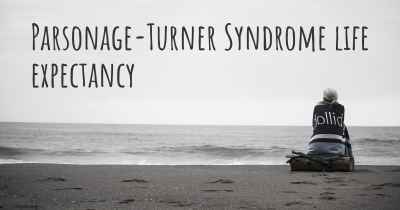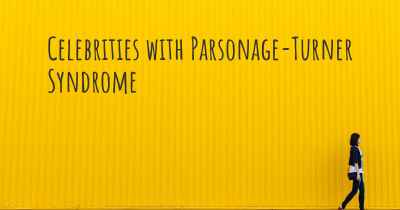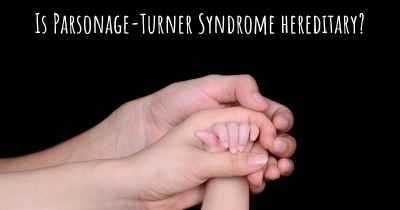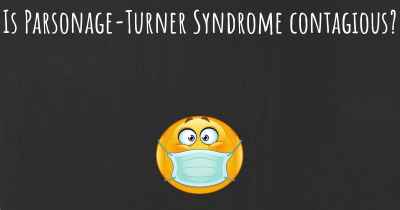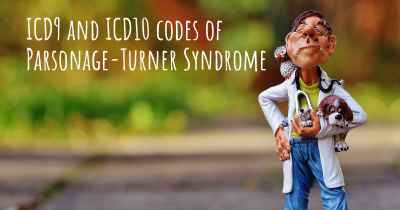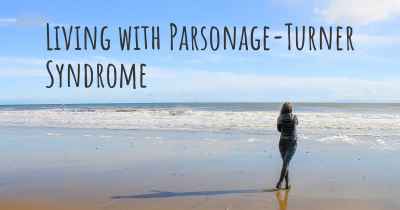Can people with Parsonage-Turner Syndrome work? What kind of work can they perform?
See how people with experience in Parsonage-Turner Syndrome give their opinion about whether people with Parsonage-Turner Syndrome can work and what kind of jobs are more appropriated for people with Parsonage-Turner Syndrome
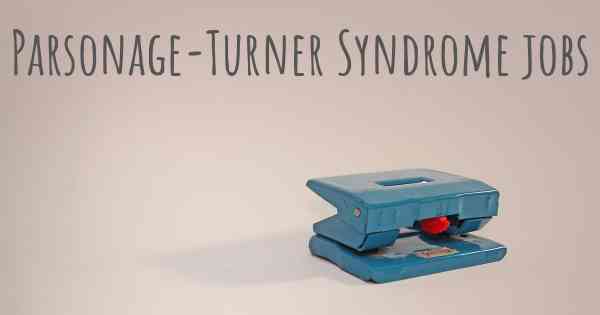
Parsonage-Turner Syndrome (PTS), also known as brachial neuritis or neuralgic amyotrophy, is a rare neurological condition that affects the nerves in the shoulder and upper arm. It is characterized by sudden and severe shoulder pain, followed by weakness and atrophy of the affected muscles.
When it comes to employment and work, the impact of Parsonage-Turner Syndrome can vary greatly depending on the severity of the condition and the individual's specific symptoms. Some individuals may experience temporary or partial paralysis of the affected arm, while others may have ongoing weakness or limited range of motion.
It is important to note that Parsonage-Turner Syndrome can be unpredictable in terms of symptom onset, duration, and recovery. Some individuals may experience a single episode of symptoms, while others may have recurrent or chronic issues.
Returning to work after a diagnosis of Parsonage-Turner Syndrome may require some adjustments and accommodations, depending on the individual's specific limitations. It is crucial for individuals with PTS to consult with their healthcare providers and occupational therapists to determine the most suitable work options.
Here are some considerations for individuals with Parsonage-Turner Syndrome:
- Flexibility in work schedule: Depending on the severity of symptoms and the individual's recovery process, having a flexible work schedule can be beneficial. This allows for adjustments in workload or time off during periods of increased pain or weakness.
- Adaptive equipment and assistive devices: Depending on the specific limitations, individuals with Parsonage-Turner Syndrome may benefit from using adaptive equipment or assistive devices to perform their work tasks. This can include ergonomic tools, modified keyboards, voice recognition software, or specialized equipment to aid in tasks requiring fine motor skills.
- Job modifications: In some cases, job modifications may be necessary to accommodate the physical limitations caused by Parsonage-Turner Syndrome. This can involve adjusting workstations, modifying job duties, or providing additional support or assistance.
- Workplace accommodations: Employers are legally required to provide reasonable accommodations for individuals with disabilities, including those with Parsonage-Turner Syndrome. Accommodations can include modified workstations, flexible breaks, modified schedules, or other adjustments that enable individuals to perform their job tasks effectively.
- Alternative work options: Depending on the severity of symptoms and limitations, individuals with Parsonage-Turner Syndrome may need to explore alternative work options that are better suited to their abilities. This can involve transitioning to a different role within the same company or seeking employment in a different field that aligns with their physical capabilities.
It is important for individuals with Parsonage-Turner Syndrome to communicate openly with their employers, supervisors, and colleagues about their condition and any necessary accommodations. This can help create a supportive work environment and ensure that appropriate measures are taken to facilitate their productivity and well-being.
Ultimately, the ability to work with Parsonage-Turner Syndrome will depend on the individual's specific symptoms, limitations, and the nature of their job. While some individuals may be able to continue working in their current roles with appropriate accommodations, others may need to explore alternative work options that better align with their abilities.
It is important to consult with healthcare professionals and occupational therapists to determine the most suitable work options and to develop a plan that supports the individual's physical and emotional well-being.
I don't let my limitations get the best of me
Posted Oct 8, 2017 by Lorene 900
Posted Apr 19, 2018 by Donna 2500
